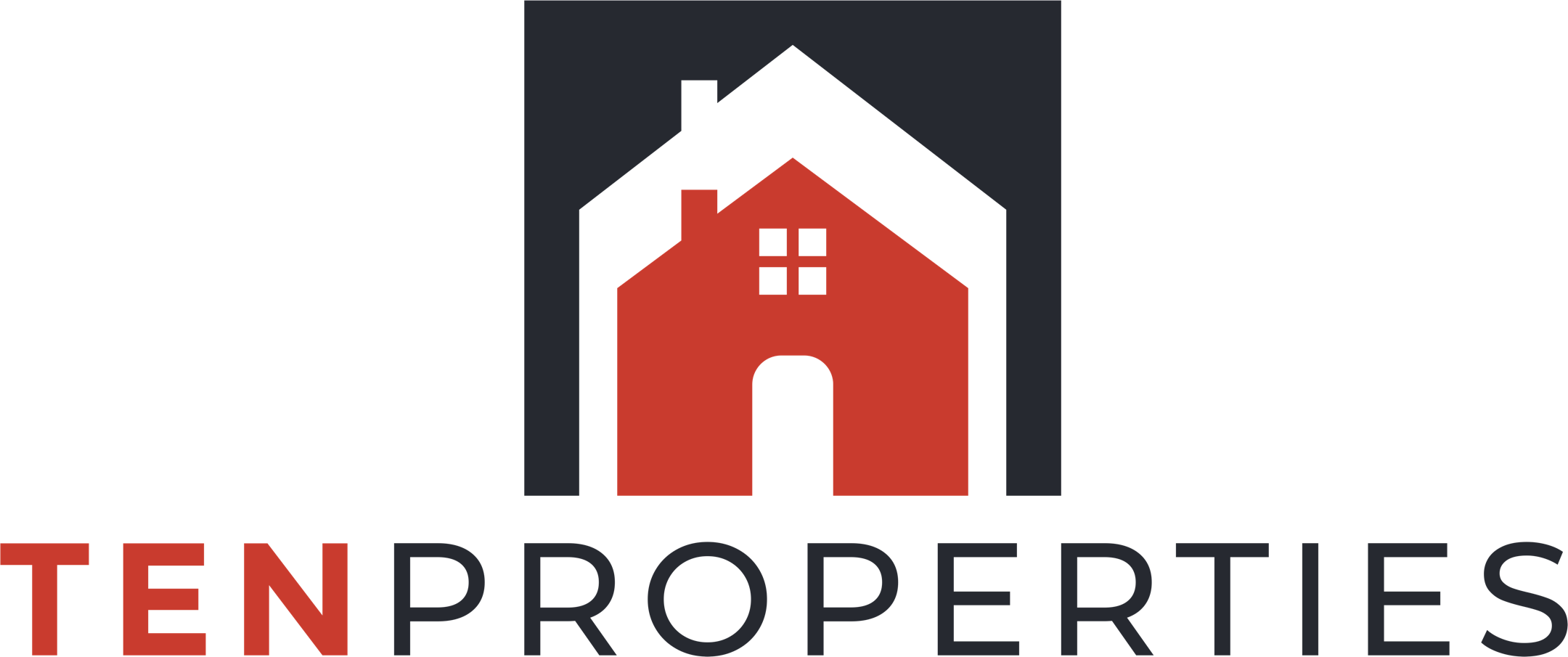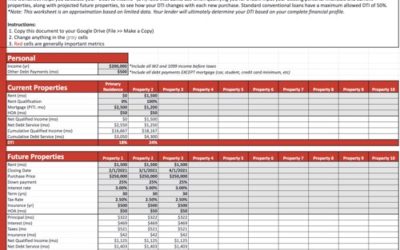Loans, and all of their complexity, play a critical role in the home buying process, both for investors and non-investors. While the terminology may seem overwhelming, you can take comfort in the fact that it’s all pretty standard. In fact, all FannieMae loans (more on this later) are required by law to conform to very strict disclosure guidelines in an attempt to make this as easy as possible for consumers.
Loan Types
There are many different types of loan products out there, catering to all walks of people and business needs. We will focus on the most common type for individual consumers; the conventional, conforming, mortgage. “Conventional” simply means it’s a standard loan product that follows conventional guidelines and regulations. “Conforming” means that it conforms to the federal government’s regulations in order to be federally insured. This insurance agency of sorts is known as FannieMae and insures lenders against default on the loan. Its goal is to allow lenders to provide low-cost loans to consumers without having to worry about default. It’s what keeps rates in this country one of (if not the) lowest rates in the world, and why so many Americans are able to afford a home. The last word “mortgage” is just another word for a loan that follows a standard amortization (payback) schedule.
Players
It helps to know who you’re dealing with in all of this
- Consumer – You, the person taking out the loan.
- Lender – The bank or other entity that actually provides the loan funds.
- Mortgage Broker – Not to be confused with a lender, a mortgage broker doesn’t actually supply the loan, but simply pairs up lenders and consumers. You may never deal with the actual lender, but rest assured there is one. Because mortgage brokers are able to “shop around” for rates across many lenders, they oftentimes can offer better rates than working directly with a lender.
- Loan Officer – The person you will work with most to get your loan.
Rates and Fees
This is where it gets complicated. While there is one standard for how loan disclosures must be presented to consumers, there is no standard for how they are advertised. A quick look on Zillow for mortgage rates and you’ll see this in all its glory. Some lenders advertise super low rates to entice consumers, only to add hefty fees in the fine print. Other lenders advertise “no fees” or “no closing costs”, only to get you later with a much higher interest rate.
The trick is to realize how lenders make their money: Interest and Fees. Interest is what comes from your interest rate and is collected over the life of the loan. Fees are charged up-front and are rolled into your closing costs. That’s it… just these two things. And despite the seemingly “great” advertisements you may see, just realize that lenders are in business to make money. The rest is just math. If they give you a better rate, expect to pay more in fees. If they give you low (no) fees, expect to pay more in interest. It’s that simple.
Which is better? Well, that comes down to math and a little personal preference. I tend to favor higher interest rates over fees for two reasons: 1) If interest rates come down, you can always refinance your loan and get a better rate. If you paid a ton in up-front fees, those are gone. You can still refinance, but it makes it less attractive since you already paid all of those fees on the first loan. 2) Interest is tax deductible. That means that for every $1 in interest you pay, your actual net cost is somewhere less than that (sometimes significantly less), depending on your tax bracket.
Loan Terms
Fairly self explanatory, this is simply how long the loan lasts. The most common loan term is 30 years (also known as 360 months), but there are other common loan terms of 20 years, 15 years, etc. In general, the longer the loan term, the lower your monthly payment will be… the shorter the loan term, the higher your monthly payment will be.
Also in general, the longer the loan term, the higher the interest rate will be. This seems counter-intuitive, knowing how lenders make their money. A shorter loan term would net a lender LESS money than a longer term loan, since you’d be paying interest on that loan for a shorter period of time, so you would think that the shorter term would be a higher rate to make up for this difference. The reason that it’s not is primarily due to demand. More people want longer-term loans, as it allows them to qualify for a higher loan amount and therefore more house. It’s also due to how the secondary market works and the value of those loans as they are bought and sold, but that’s the subject of another article.
Amortization
The last piece in the puzzle is just a fancy word for “fixed payback schedule”. An amortized loan lets you pay back the loan in fixed amounts for the life of the loan. Each payment you make goes towards both Principal and Interest. As you pay down the loan, your principal (balance) of the loan decreases slightly each month until the loan is fully paid off. Interest is charged on the current monthly balance of the loan, which will be highest when you first start the loan and lowest when it’s about to be paid off. Your loan payment is simply the sum of Principal and Interest. Because your monthly loan payment is fixed and your interest payment varies, that means that your principal also varies. In fact, they are inversely proportional to each other… when one goes up (principal) the other goes down (interest) the same amount. This is why the first few years of your loan are mostly interest payments, with very little being paid off on principal (your loan balance). Google “amortization calculator” and there are a ton of sites that will show you the payment breakdown over the life of a loan.





